- Home
- ::
- SecondBTC Crypto Exchange Review 2025 - Fees, Coins, Security
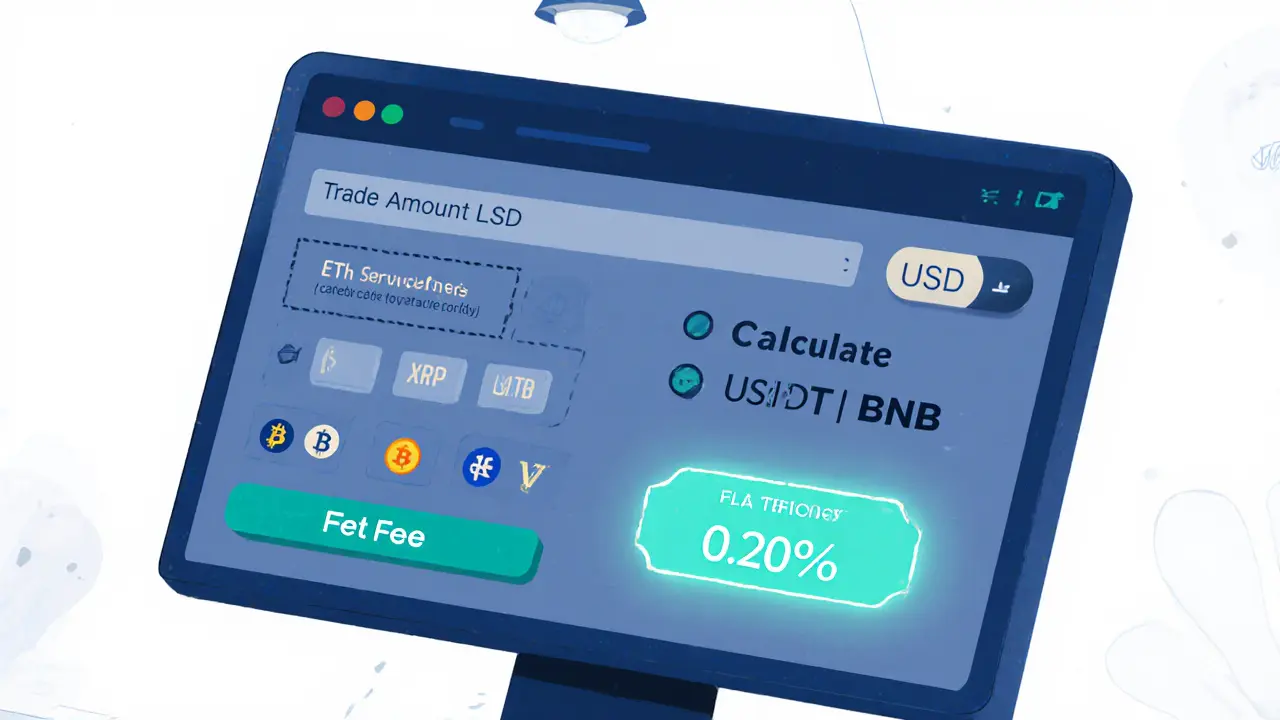
SecondBTC Crypto Exchange Review 2025 - Fees, Coins, Security
SecondBTC Fee Calculator
Your estimated trading cost on SecondBTC:
Fee: 0.20% of trade value
With a trade amount of $0.00, the cost would be $0.00.
Fee Comparison Overview
SecondBTC charges a flat 0.20% fee for both makers and takers. This is competitive for low-volume traders but may be higher than Binance's tiered structure or Coinbase's spread-based fees.
For high-volume traders, Binance offers lower rates (down to 0.02%) while Coinbase's fees can exceed 1.49% for small trades.
When you’re hunting for a crypto exchange that lets you swap digital assets without ever touching fiat, SecondBTC is a India‑based, crypto‑to‑crypto platform that launched in June 2018. It promises a clean, flat‑fee structure and a modest list of 34 coins. But does it live up to the hype, or is it better suited for a niche set of traders? Below we break down every angle you’ll need to decide if this exchange belongs in your toolbox.
Key Takeaways
- SecondBTC only supports crypto‑to‑crypto trades - no fiat deposits or withdrawals.
- Flat 0.20% fee for makers and takers, comparable to mid‑tier exchanges.
- 34 tradable assets, including Ethereum the second‑largest cryptocurrency by market cap, Ripple a payment‑network focused digital asset and Tether a USD‑pegged stablecoin.
- 24‑hour volume peaked at about $1.1million in 2021 - a tiny slice of the global market.
- Regulatory oversight is absent; security relies on basic 2FA and user‑driven KYC.
Below we unpack each of these points, compare SecondBTC to industry giants, and outline who might actually benefit from using it.
What is SecondBTC?
SecondBTC positions itself as a pure crypto‑to‑crypto exchange. Based out of India, the platform went live on 15June2018 and has kept its focus narrow: no fiat on‑ramps, no futures or margin trading, just spot swaps between digital assets. This design choice cuts out the compliance headaches that come with handling traditional money, but it also excludes newcomers who need to convert cash into crypto.
Because the exchange doesn’t claim regulation from any financial authority, users are left to judge its reliability based on public data, community feedback, and the platform’s own security claims.
Coins Available and Trading Tools
The current roster features 34 cryptocurrencies. The big names - Ethereum, Ripple, and Tether - are there, but the list lacks many newer DeFi tokens and low‑cap projects that larger exchanges showcase. For a trader who only needs the top‑tier coins, the selection is adequate; for anyone chasing the next altcoin hype, it feels restrictive.
On the UI side, SecondBTC uses a straightforward “order‑book” layout reminiscent of early‑stage exchanges. Users see a price chart, order history, and simple “Buy” / “Sell” boxes. There are no advanced charting plugins, custom indicators, or API‑driven bots - features you’d expect on platforms like Binance.
Fee Structure - Is 0.20% Really Flat?
SecondBTC publishes a single 0.20% fee for both market makers and takers. In contrast, Binance employs a tiered model that can dip below 0.10% for high‑volume traders, while Coinbase charges a variable spread plus a flat fee that can exceed 0.50% for small trades. On paper, a flat 0.20% seems competitive, especially for low‑volume users who don’t qualify for volume discounts elsewhere.
However, the exchange is vague about withdrawal fees, deposit methods, and any hidden costs. Users have reported that while deposits (crypto only) are free, withdrawals incur network‑level gas fees that vary by blockchain. Without transparent documentation, it’s hard to calculate the true landed cost of a trade.
Liquidity and Trading Volume
Liquidity is the lifeblood of any exchange. According to CoinGecko, the 24‑hour volume on 12Nov2019 sat at $616,644. By 2Dec2021, it grew to roughly $1.1million. That growth is modest compared to Binance’s daily volume exceeding $40billion in 2024. Low volume translates to wider spreads, slower order fills, and a higher chance of slippage on larger orders.
For a trader moving under $5,000 per day, the impact is minimal; for anyone dealing with larger positions, the limited depth can be a deal‑breaker.
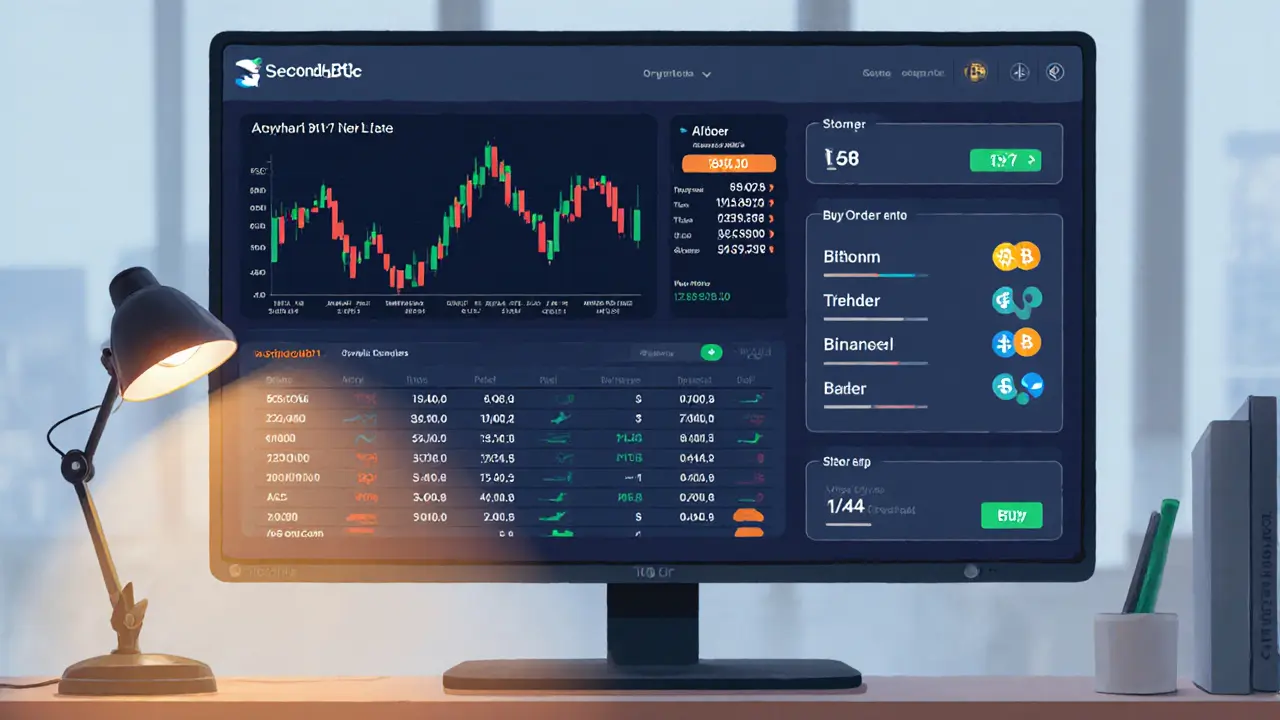
Security, KYC, and Regulatory Landscape
Security on SecondBTC hinges on two core practices: two‑factor authentication (2FA) and a basic KYC process. After signing up with name, email, and password, users must verify their email and upload a government ID for KYC. The platform encourages strong passwords and 2FA, but there’s no mention of cold‑storage percentages, insurance funds, or regular security audits.
The exchange does not hold any specific regulator’s license, which means there’s no statutory consumer protection. US‑based users are warned to check local laws before trading - a disclaimer that highlights regulatory uncertainty.
User Experience and Customer Support
First‑time users typically praise the clean registration flow and quick deposit confirmations. The trading screen loads fast, and withdrawals usually hit the blockchain within a few minutes, according to anecdotal reports.
Support, however, is a weak spot. The only contact avenue is an email form; live chat and phone support are absent. Response times can stretch beyond 48hours, and the FAQ section is sparse. This lack of responsive support can be stressful if you encounter a withdrawal delay or a security incident.
How Does SecondBTC Stack Up? (Comparison Table)
| Feature | SecondBTC | Binance | Coinbase |
|---|---|---|---|
| Fiat deposits/withdrawals | No | Yes (many currencies) | Yes (USD, EUR, GBP…) |
| Number of tradable assets | 34 | 5,000+ | 250+ |
| Flat fee | 0.20% both sides | 0.10%‑0.02% tiered | 0.50%‑1.49% spread + flat |
| 24‑hour volume (approx.) | $1.1M | $40B+ | $8B |
| Regulatory status | Unregulated | Licensed in multiple jurisdictions | Fully regulated (US, EU) |
| Security features | 2FA, basic KYC | Cold storage, insurance fund, 2FA, device management | Cold storage, FDIC‑insured USD balances, 2FA |
| Customer support | Email only, slow response | 24/7 live chat, ticket system | Phone, live chat, email |
Pros and Cons
- Pros:
- Flat 0.20% fee simplifies cost calculation.
- Fast crypto‑only deposits and withdrawals.
- Simple UI suitable for traders who don’t need advanced charts.
- Cons:
- No fiat on‑ramps - you must already own crypto.
- Limited coin selection compared with major exchanges.
- Low liquidity leads to wider spreads and potential slippage.
- Unregulated environment and minimal security guarantees.
- Poor customer support response times.
Who Might Benefit From SecondBTC?
If you already hold a handful of major coins and need a quick place to swap them without dealing with KYC-heavy fiat gateways, SecondBTC can be a handy intermediate hub. The flat fee is attractive for small‑scale traders who want predictable costs. However, if you’re a newcomer, a high‑volume trader, or someone who prioritizes regulatory protection, platforms like Binance or Coinbase are far safer bets.
Final Verdict
SecondBTC fills a narrow niche: crypto‑to‑crypto spot trading with a simple fee model. Its modest coin list, low trading volume, and lack of regulatory oversight make it a second‑tier option at best. For users who already have crypto and want a no‑frills swap, it works; for anyone else, the trade‑off isn’t worth the risk.
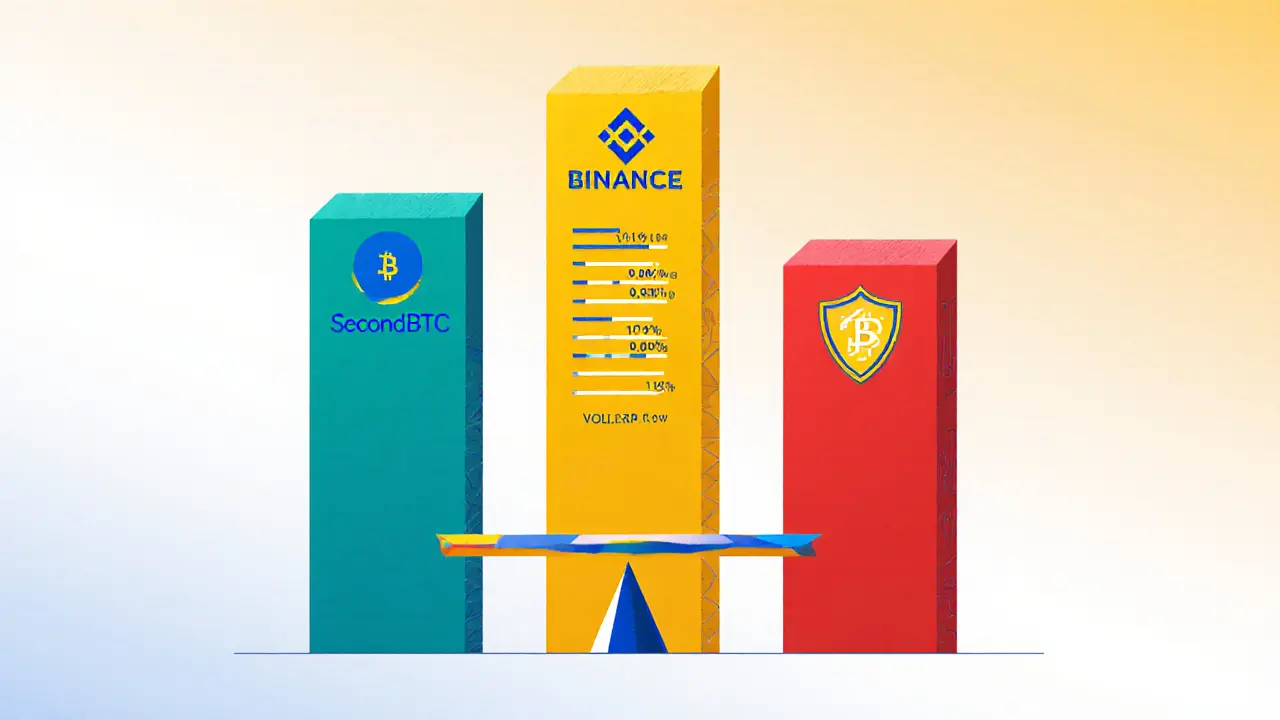
Frequently Asked Questions
Can I deposit fiat money into SecondBTC?
No. SecondBTC only accepts cryptocurrency deposits. You’ll need to buy crypto on a fiat‑friendly exchange first, then transfer it to your SecondBTC wallet.
Is SecondBTC regulated in any jurisdiction?
The exchange does not hold a license from any financial regulator. Users operate at their own risk and should consider the lack of consumer protection.
What security measures does SecondBTC offer?
Security is limited to two‑factor authentication (2FA) and a basic KYC process. There is no public information about cold‑storage ratios or insurance funds.
How do the fees compare to Binance and Coinbase?
SecondBTC’s flat 0.20% fee sits between Binance’s tiered sub‑0.10% rates for high‑volume traders and Coinbase’s 0.50%‑1.49% spread‑plus‑flat structure. For low‑volume users, SecondBTC can be cheaper than Coinbase but usually more expensive than Binance’s discounted tiers.
Is there a mobile app for SecondBTC?
Yes, SecondBTC offers a basic Android and iOS app that mirrors the web UI. It lacks advanced charting features found in competitor apps.


 Finance
Finance
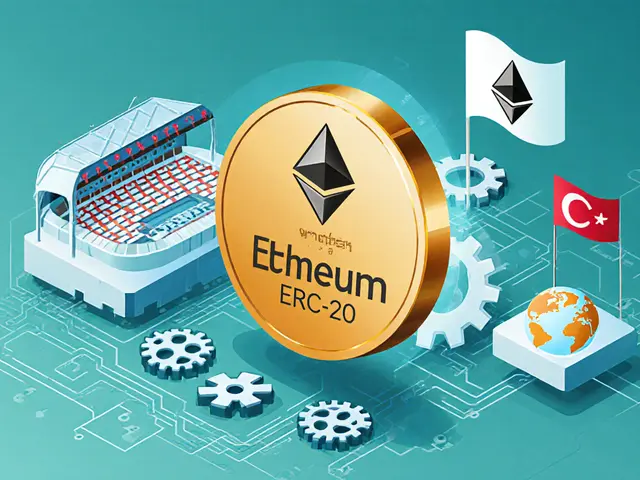
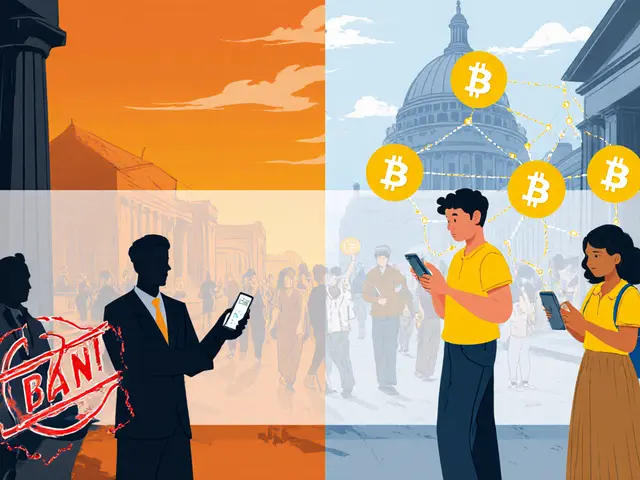
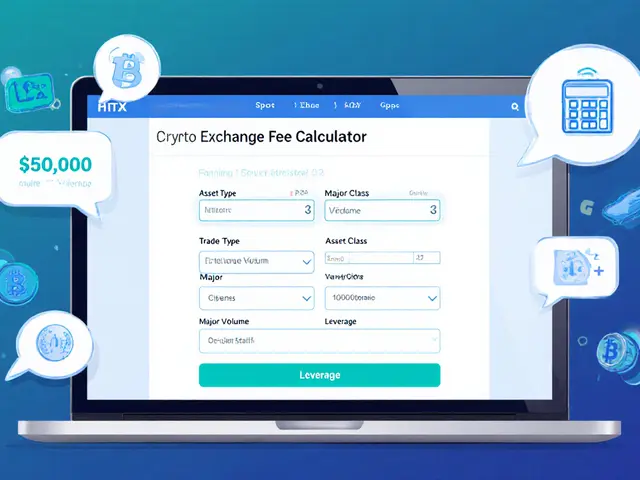
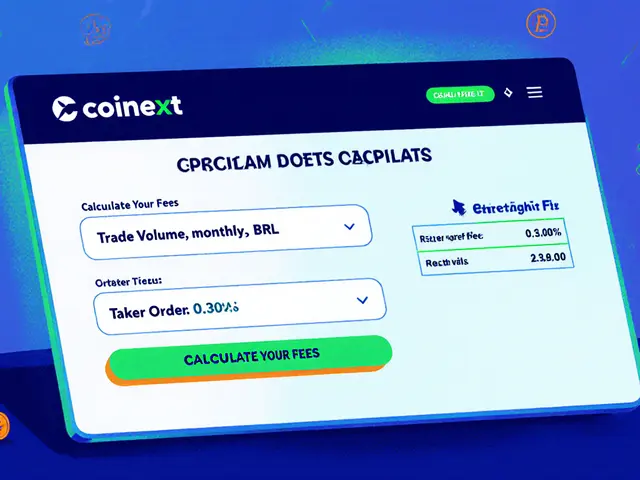

Write a comment